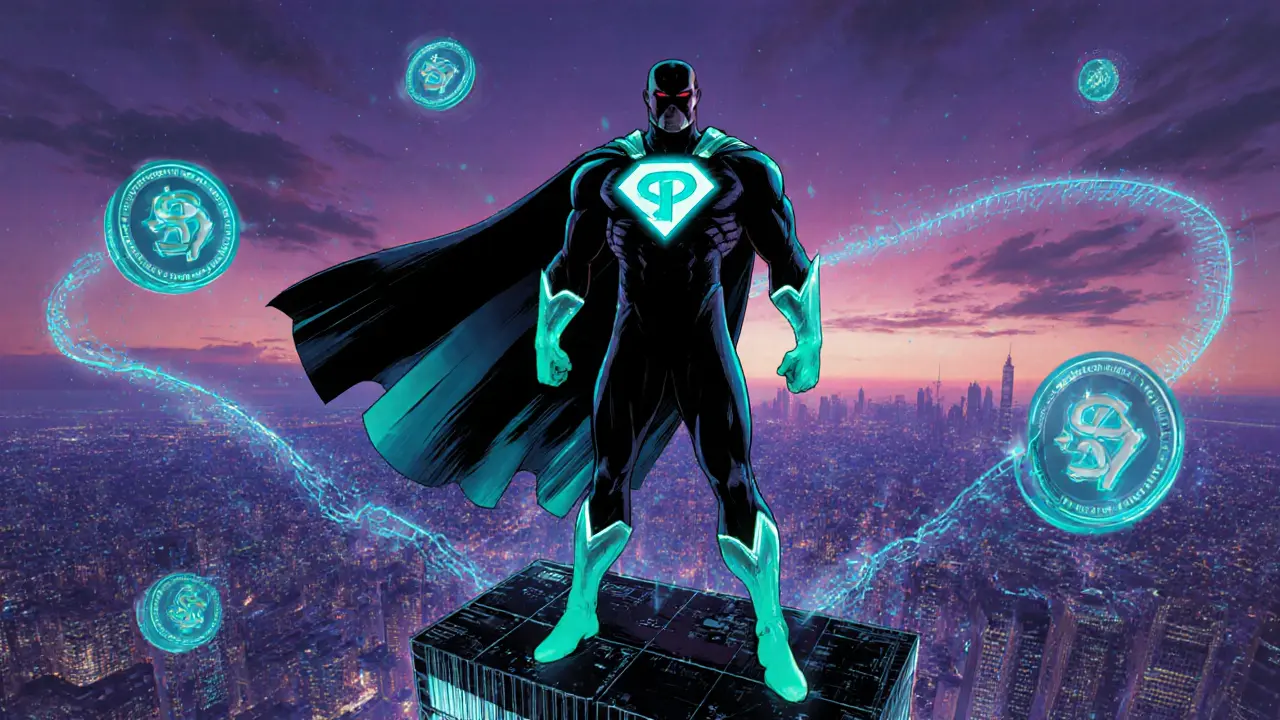When talking about the Metaverse, a shared, persistent virtual space where users interact, create, and trade digital assets. Also known as virtual universe, it blends 3D environments, social networks, and economies. Metaverse isn’t a single platform – it’s a network of interconnected experiences that rely on several core pillars. Blockchain, decentralized ledger technology that records transactions securely. This tech guarantees ownership of digital items and enables true scarcity for virtual goods. At the same time, Virtual Reality, immersive simulation that places users inside digital worlds using headsets. brings the visual and sensory depth that turns a flat screen into a lived‑in space. In short, the metaverse encompasses virtual worlds, requires blockchain for trust, and leans on VR for immersion.
One of the most tangible ways people earn, spend, and trade in the metaverse is through Gaming NFTs, unique tokens that represent in‑game items, characters, or land parcels. These tokens act as both collectibles and functional assets that can generate revenue for creators. Projects like NextEarth (NXTT) on Polygon illustrate how a token can represent a parcel of virtual land, giving owners rights to develop, rent, or sell that space. The rise of gaming NFTs influences metaverse economies by creating liquidity, fostering community‑driven marketplaces, and encouraging developers to build on‑chain economies rather than relying on closed, proprietary systems.
Beyond entertainment, the metaverse is reshaping work, education, and commerce. Brands are setting up virtual showrooms, educators are running immersive classrooms, and companies are hosting remote meetings in realistic 3D offices. All these use‑cases depend on the same three ingredients highlighted earlier: interoperable virtual environments, immutable asset ownership via blockchain, and the sensory depth of VR. As more users adopt headsets and as layer‑2 solutions like Polygon lower transaction costs, the barrier to entry drops, making it easier for everyday creators to launch their own virtual experiences.
Investors watching this space will notice two patterns. First, token projects that tie real‑world utility to virtual land or assets tend to attract deeper liquidity. Second, platforms that enable cross‑metaverse interoperability – letting an NFT move from one virtual world to another – are setting the stage for a more open economy. Understanding how blockchain secures ownership, how VR creates presence, and how gaming NFTs fuel trade gives you a roadmap to navigate upcoming opportunities.
Below you’ll find a curated collection of articles that dive deeper into modular blockchain architecture, airdrop mechanics, market‑cap fundamentals, exchange reviews, and specific metaverse token analyses. Whether you’re hunting for the next token drop, comparing exchange fees, or simply want to grasp the tech behind digital universes, the posts ahead pack practical insights you can act on right now.

A detailed guide to Meta Spatial's SPAT airdrop: token basics, lottery mechanics, how to join, wallet options, safety tips, and post‑airdrop steps.